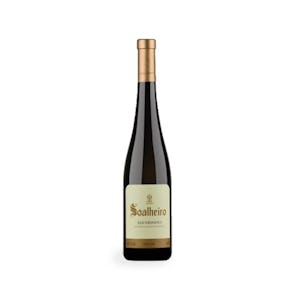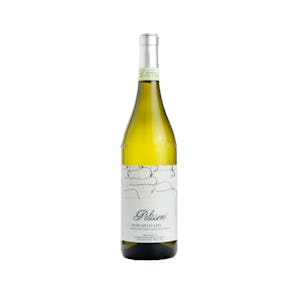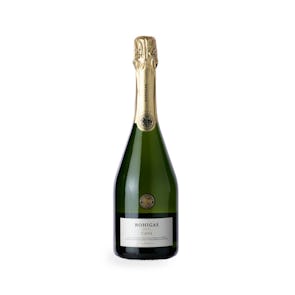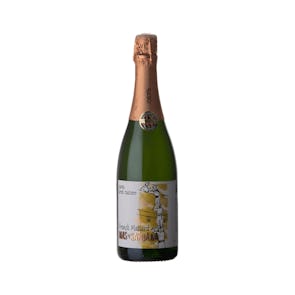
Sharaku Junmai Daiginjo Shizukudori
Exquisite Elegance for Connoisseurs
Tasting Notes from the Curator
Sharaku Junmai Daiginjo Shizukudori is a masterpiece within the sake hierarchy, embodying the elegance and precision that can only be achieved under the distinguished Daiginjo classification. Its complexity is immediately evident in its bouquet, where delicate muscat grape notes meet the tropical sweetness of lychee and the soft juiciness of ripe pear, a symphony of fruit aromas that is further lifted by subtle floral hints and a refreshing touch of melon. On the palate, the sake reveals a dance of crisp, juicy green apple and tart kiwi, offering a bright acidity reminiscent of a fine white wine, which serves to enhance its overall food pairing versatility. The Shizukudori method of natural drip extraction lends a remarkable clarity and refinement to this sake, allowing the vibrant flavors and smooth, silky texture to resonate distinctly, finishing clean and invitingly crisp. This methodical approach ensures minimal harshness and maximizes flavor purity, positioning Sharaku as a paragon of modern sake artistry.
Pairings & Suggestions
Sharaku Junmai Daiginjo Shizukudori is a versatile delight for culinary pairings:
- Sushi and Sashimi: The sake’s delicate fruitiness complements the freshness of raw fish while its acidity balances the richness of fatty fish varieties.
- Grilled Chicken with Citrus Marinade: The zesty, herbal notes of a citrus marinade highlight the sake’s fruity flavors.
- Cheese and Charcuterie: Perfect with creamy cheeses like Brie and Camembert, where its smooth texture enhances the creaminess, and its fruity profile complements diverse flavors on a charcuterie board.
- Seafood Salads: A match made in heaven with citrus-dressed shrimp or scallop salads, where its crisp acidity aligns with the freshness of seafood.
- Vegetable Tempura: The contrast of texture against the light, crispy batter of tempura elevates the sipping experience, especially with the sake’s smoothness cutting through the fried richness.
The Art of Natural Drip: The Shizukudori Method
The Shizukudori method, exclusively utilized in the crafting of Sharaku Junmai Daiginjo, stands as a testament to the enduring art of sake making. Translating to “natural dripping,” this technique involves the passive extraction of sake as it delicately drips from cloth bags, eschewing any form of mechanical pressing. This meticulous process ensures that only the most refined, pure flavors are captured in each bottle, as unwanted sediments and harsh elements are naturally filtered out. This method not only exemplifies a commitment to purity and elegance but also highlights an intricate artistry that demands a patience and precision refined over generations. Each drop that emerges speaks of a brewing acumen deeply rooted in tradition yet executed with the precision of modern-day craftsmanship. Such attention to detail in production not only defines the character of the sake but also invites connoisseurs to savor the sheer clarity and nuanced complexity that such gentle handling imparts on the final product.
Understanding Junmai Sakes
When it comes to Junmai sake, the difference lies in the rice — how much of it is polished away, and how that choice shapes the flavor. Think of it as minimalism versus refinement — each tier offering its own kind of beauty.
-
Junmai (≤70% polish): Bold, earthy, full-bodied. You taste the rice. Great warm or room temp.
-
Junmai Ginjo (≤60% polish): Lighter, more aromatic with hints of fruit. Smooth and slightly refined. Best chilled.
-
Junmai Daiginjo (≤50% polish): Ultra-polished, delicate, complex. Soft, elegant, and best enjoyed cold — a luxury pour.
The more the rice is polished, the more delicate and nuanced the sake becomes. But that doesn’t mean “better” — it’s about preference, occasion, and the kind of experience you want in the glass.
Storage Instructions
Store unopened sake in your fridge ideally at 4°C. If you wish to drink your sake chilled, place it in the refrigerator the night before consumption. Opened bottles should always be kept refrigerated. If you later wish to drink your sake at room temperature, place the portion you want into a small pouring vessel and leave that out on the counter at least 3 hours before consumption. Generally, sake should be consumed within one year of the bottling date, but when properly stored, it can survive up to 2 years. An open bottle of sake must be consumed within 2 to 3 weeks.





